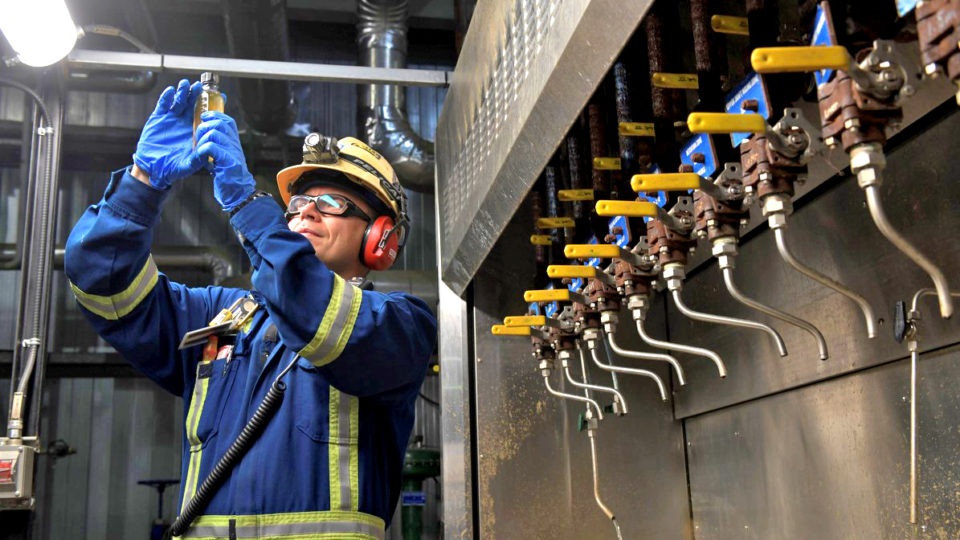Global leaders headed to Glasgow for this year’s key climate talks should take advantage of Canada’s ability to help reduce emissions while providing reliable, responsible, affordable energy to the world. Here’s why:
Canadian natural gas can reduce global emissions
Canada has a powerful tool that can make a difference reducing global greenhouse gas emissions – its vast resources of natural gas.
Traded globally as LNG, natural gas is increasingly being used to reduce emissions by replacing high-emitting coal power. Switching power generation from coal to natural gas reduces emissions by 50 per cent on average, according to the International Energy Agency (IEA).
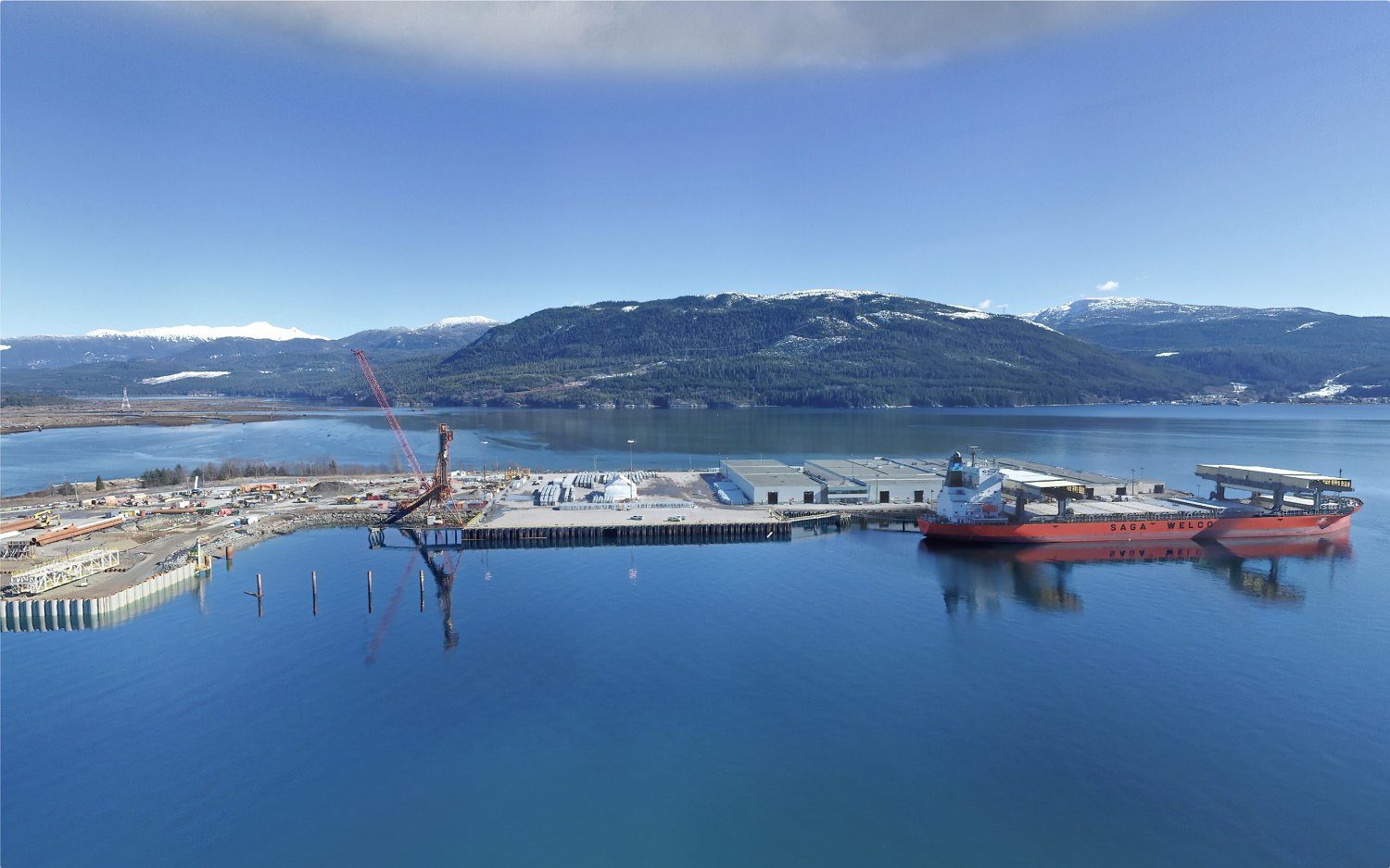
Natural gas from Canada could do even more, reducing emissions from power generation in China by as much as 62 per cent, according to a June 2020 study published in the Journal for Cleaner Production.
Just one Canadian LNG project could reduce emissions in China by 60 to 90 megatonnes per year, or more than the 50 megatonnes that Canada’s entire natural gas production emitted in 2018, according to federal data.
The emissions from Canada’s whole oil and gas production sector are lower than just the top six polluting coal plants in the world, according to a study in the journal Environmental Research Letters, and federal data.
Expertise in CCUS
The IEA has called for a dramatic expansion of carbon capture, utilization and storage (CCUS) technology. Without it, meeting emissions targets will be “virtually impossible,” the IEA says.
Canada is recognized as an early leader in CCUS.
Projects have already safely stored more than 41 million tonnes of CO2 deep underground, or the equivalent of taking more than 8 million cars off the road.
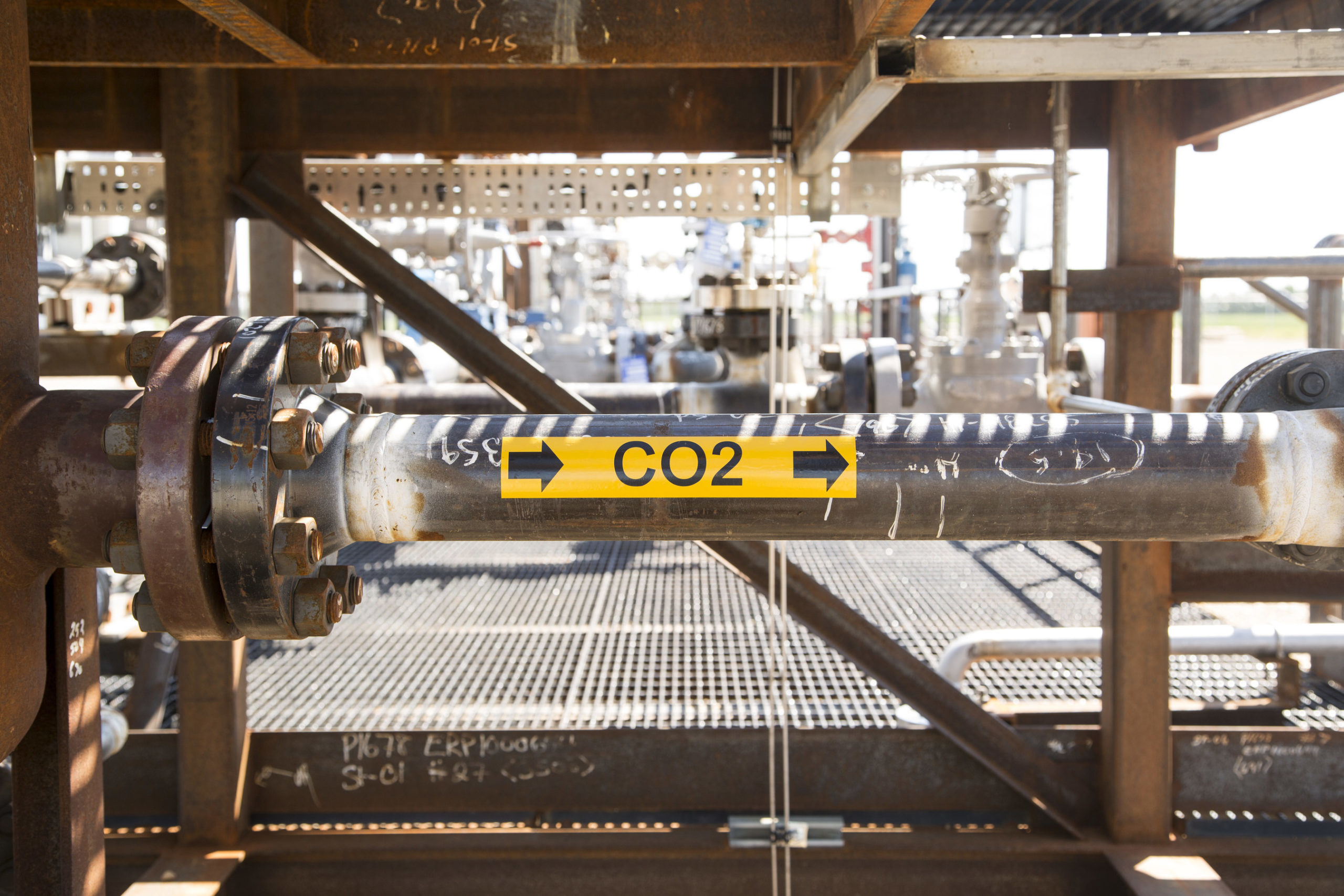
Canada is also a hub for CCUS technology development for new industries that utilize the CO2 waste stream to create value-added products.
A key example is the recently completed NRG COSIA Carbon XPRIZE, where teams in Alberta and Wyoming competed for a total $20 million purse to see who could convert the most CO2 into the highest value products.
The two winners both developed solutions aimed at reducing CO2 emissions from concrete, while finalists also include teams that created products including hand sanitizer, vodka and sunglasses using CO2 that would have otherwise been released to the atmosphere.
Leading in energy cleantech
Oil and gas companies in Canada spend more than any other sector on cleantech research and development. Major companies spent a record $1.6 billion on R&D in 2019, according to the latest ranking by Research Infosource.
That’s an increase of about $400 million compared to the previous record, which was set in 2018.
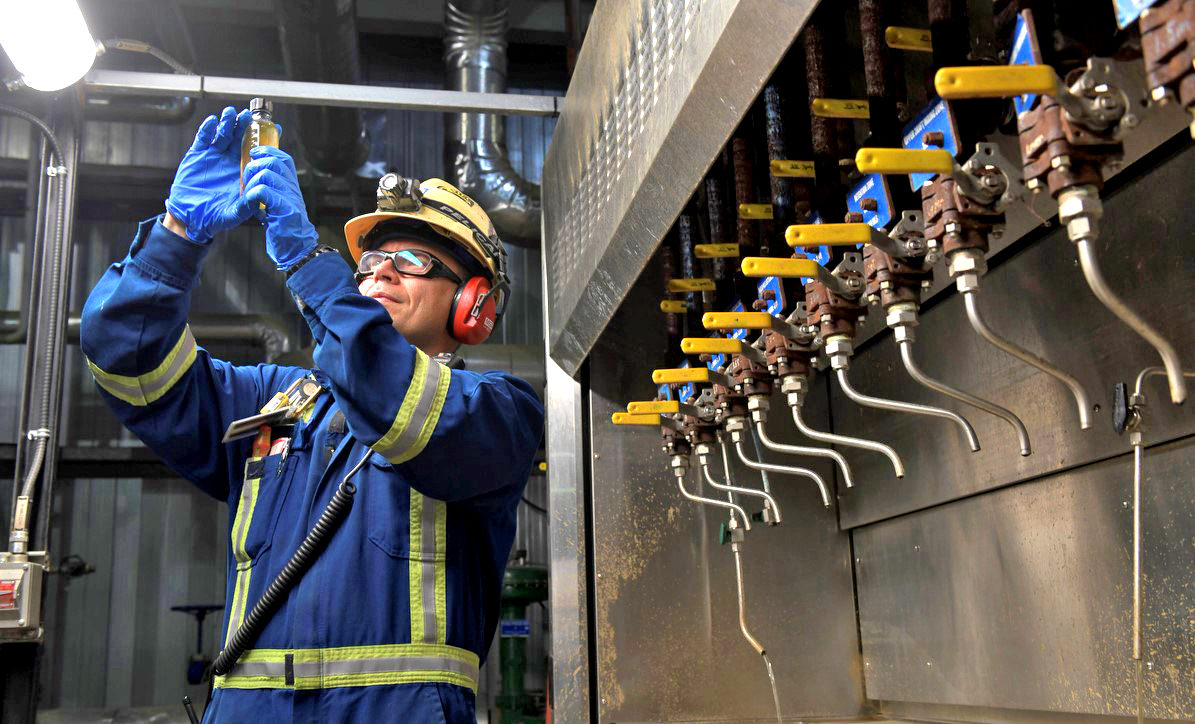
This investment helps improve the performance of existing operations and advances new low carbon energy systems like wind, solar, CCUS, hydrogen, biofuels, geothermal, and small modular nuclear reactors.
Several major new clean energy projects are advancing, including Western Canada’s first-ever facilities to produce liquid hydrogen for road transportation, Canada’s first geothermal power facility, and significant CCUS expansion.
Oil sands working harder than others to reduce emissions
Canada has the world’s third-largest oil reserves, so there is essentially no end to production potential as global demand continues.
In Canada’s oil sands, where two-thirds of the country’s oil is produced, companies are working harder than other major global oil producers to reduce emissions, according to research by BMO Capital Markets.
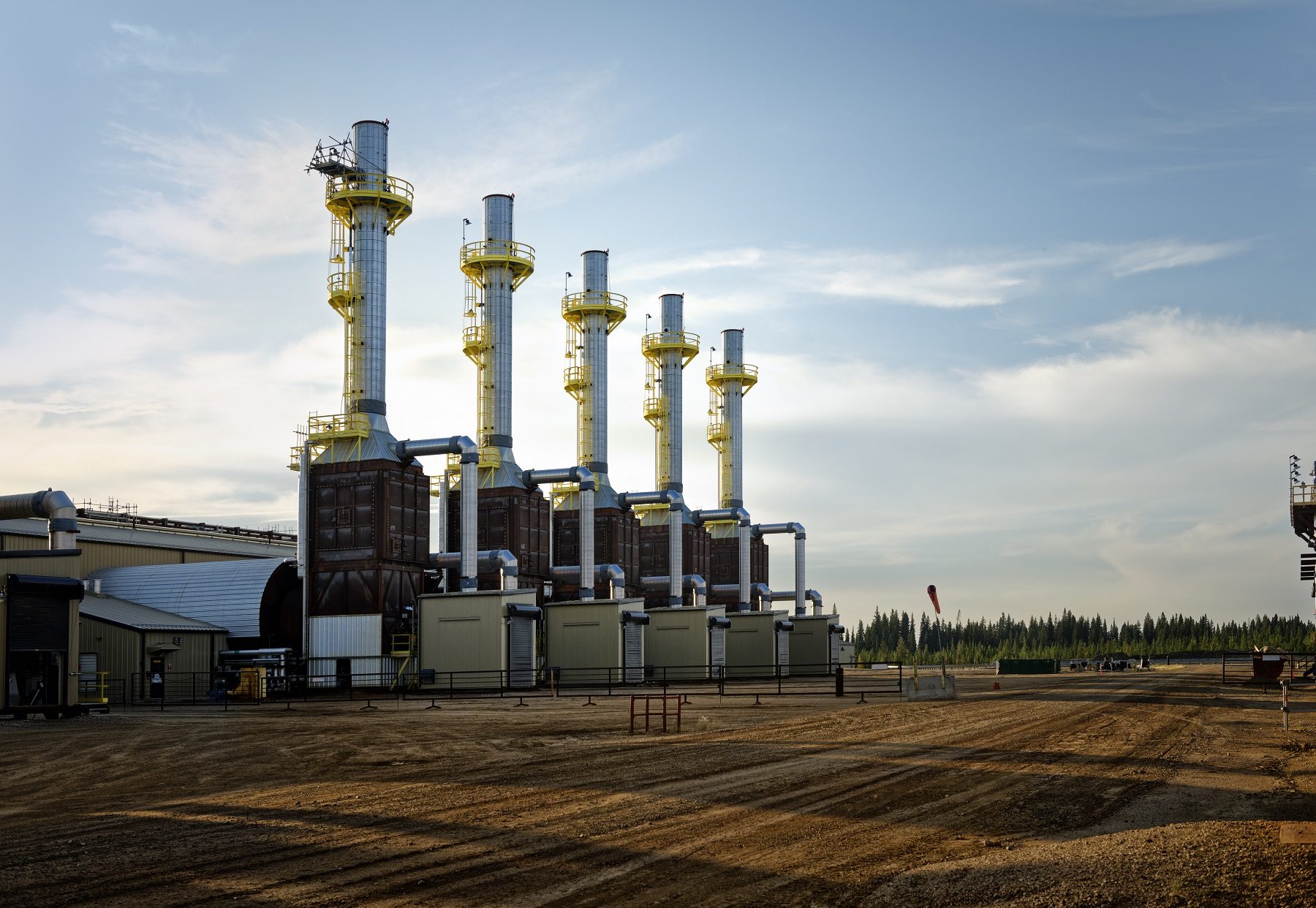
Oil sands average emissions intensity (or emissions per barrel) decreased by 27 per cent since 2013, while at the same time other major oil producers around the world reduced intensity by just 13 per cent, BMO reports.
Put another way, analysts estimate that since 2013 the average oil sands barrel has shaved off more than 22 kilograms of emissions, compared to just five kilograms per barrel for other major global oil producers.
Several oil sands projects now have emissions intensity that is lower than the global average, and major oil sands producers have jointly committed to reach net zero emissions by 2050.
Canada’s Friendly Energy
Canada ranks number one across environmental, social and governance (ESG) indicators compared to the world’s top oil reserve holders, according to BMO Capital Markets.
ESG performance includes measures like GHG emissions, water use, Indigenous participation, diversity and inclusion, safety, and regulatory processes.
When oil and gas comes from Canada, it can help reduce the world’s reliance on energy from tyranny states like Russia and Saudi Arabia.
The unaltered reproduction of this content is free of charge with attribution to Canadian Energy Centre Ltd.
